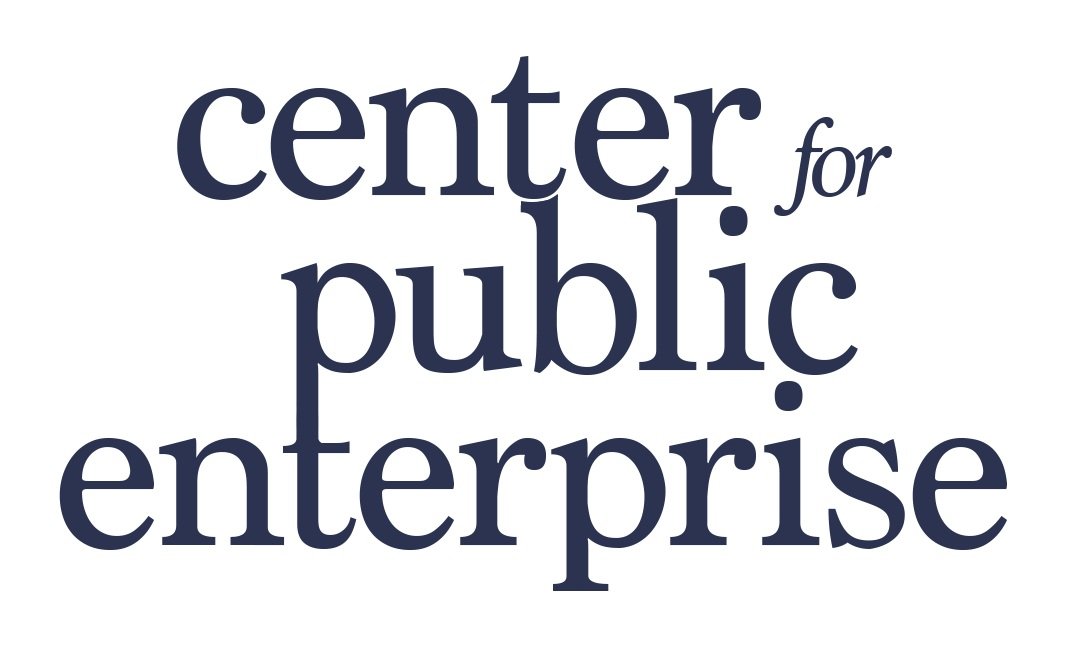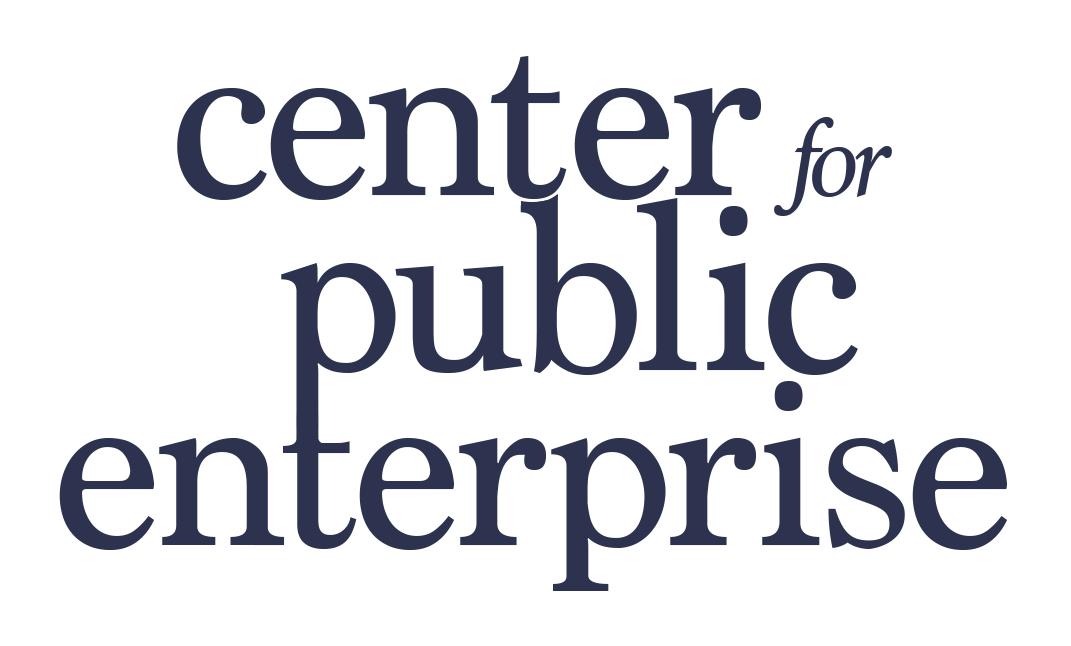Greenhouse Gas Reduction Fund: purposeful public financing for decarbonization
By Ilmi Granoff and Chirag Lala
For the first time in history, the United States is implementing a national green bank program: on April 4, 2024, the Biden-Harris Administration announced the recipients of $20 billion in grant money from the Greenhouse Gas Reduction Fund (GGRF) out of a total $27 billion. There has been over a decade of advocacy by the Coalition for Green Capital and others for green banks, alongside proposals for even more comprehensive infrastructure and public development banking options. As a watershed moment in public policy, this blog explores some of the theories behind why the GGRF, and the green bank model, is necessary for clean energy investment and decarbonization in the US.
The program has already received significant attention for its potential to make clean energy investment more equitable. Rightfully so. At least 55% is earmarked exclusively for financing challenges faced by such communities, greatly exceeding President Biden’s Justice40 commitment that 40 percent of the overall benefits of certain Federal investments flow to disadvantaged communities.
But what of the GGRF’s other two objectives: decarbonization and private capital mobilization? Will it meaningfully and effectively scale clean energy investment? And is the GGRF’s strategy of leveraging private capital a good one?
Building off previous work by the authors (see here, here, here, here, here, and here), this two-part series will argue that the GGRF is indeed a necessary and constructive vehicle for removing and mitigating financial barriers to decarbonization. In this blog we will examine the promises (and some limitations) of its approach.
Decarbonizing the US economy will take unprecedented investment, and specifically capital expenditure, in the clean energy economy. Scaling such investment is difficult for the public and private sector alike. Firms interested in undertaking the capital expenditure required to develop and market new goods and services face all sorts of risks and uncertainties that limit their willingness to do so: available demand, supplies of intermediate and primary inputs, a sufficiently trained workforce, legal permissions for interconnection or siting, etc. And that’s presuming they can even secure financing for that capital expenditure in the first place. Financing itself can be thought of as another input into the capital expenditure process: it must be secured but it has its own “supply chain” that is composed of firms that themselves make assessments of risk, uncertainty, and potential gains on their undertakings. Their ability to make those assessments is affected by more complex financial system dynamics, including the depth of markets for key financial assets, the existence of dealers and other market makers, and underwriting capacity among key firms.
Governments can promote green capital expenditure by intervening in this supply chain, the same way they’d involve themselves in other strategic sectors. If governments can clear the appropriate bottlenecks to financing, then private finance will ultimately be more willing and able to respond to the demand from firms, developers, and individuals wanting to utilize that financing to fund capital expenditure. Governments can do this by:
Taking calculated and compensated bets in technologies or projects where the private sector is unwilling or unable to act. While the Department of Energy’s Loan Program Office (LPO) also has this capability, the two programs are highly complementary and pursue different market segments.
Transacting in markets with low levels of private participation in order to “demonstrate” that private firm assessments of risk and uncertainty are wrong, unwarranted, or underestimating upside, showing gains are possible.
Standardizing and simplifying deal structures to reduce underwriting requirements and allow faster origination of assets meeting specific requirements.
Originating and securitizing clean assets for, by, and from the private sector, repackaging them into aggregated assets, and selling them onto other buyers.
Subsidizing the cost of capital for particular technologies or markets, like clean building upgrades in disadvantaged communities.
GGRF awardees will be able to provide various combinations of these services. They will be using public funds to provide specific services that the market currently does not in order to enable the twin processes of capital expenditure and financial asset origination at scale. Public involvement in scaling private financing can encourage private co-lenders to familiarize themselves with specific community needs, sectoral conditions, or even to discover opportunities for larger-scale projects or cross-state collaboration.
Of course, the GGRF’s structure was not the only way to achieve these aims. In the political rough and tumble leading up to the passage of the Inflation Reduction Act, practical political considerations led the GGRF’s proponents to focus on supporting multiple non-profits and an archipelago of local government green banks instead of one federal green bank. This creates some limitations. A single climate-focused federal green bank capitalized with $27 billion could have raised more capital, more cheaply, on the debt markets. Smaller institutions might also be less inclined to take on certain kinds of large-scale projects that will take up too much of their balance sheet. Nevertheless, we believe the GGRF approach has substantial promise.
This also isn’t to say the GGRF will eliminate all obstacles to capital expenditure alone: GGRF recipients should work in concert with other policies and market interventions, like tax credits or DOE loan guarantees, to complement its work.
Even with the limitations of the GGRF, however, its award recipients can still take transformative actions. They can address the financial bottlenecks outlined above, scaling clean energy and mobilizing private capital. Their success should also not just be measured by the volume of private capital participating in their deals, but by the market structure changes their activities facilitate. If they succeed, we should expect to see a rising tide of capital investment with accompanying asset origination over time. These changes would likely maximize recipients’ limited balance sheets and connections to stakeholders by:
Enabling project deals originated by private lenders that mimic prior GGRF-sponsored project deals or business models;
Utilizing an increment of GGRF capitalization that, when paid back by a borrower, can be “revolved” into financing a new borrower’s projects; and/or
Using subsidized lending to target high-uncertainty or high-risk portions of the capital stack and/or stages of project lending and prove them out.
Ultimately, because of these capabilities, the archipelago of nonprofit and local government financial institutions that have been awarded GGRF funds is well-poised to drive fundamental and meaningful transformations in the US economy. These institutions will scale public clean energy investment and mobilize corollary private capital investment, all while making the clean energy economy profoundly more just.
The next post will examine the ways that GGRF entities can build the financial infrastructures needed to maximize the above capabilities. It will also outline policies governments can pursue to complement the financial mobilization undertaken by GGRF entities.

